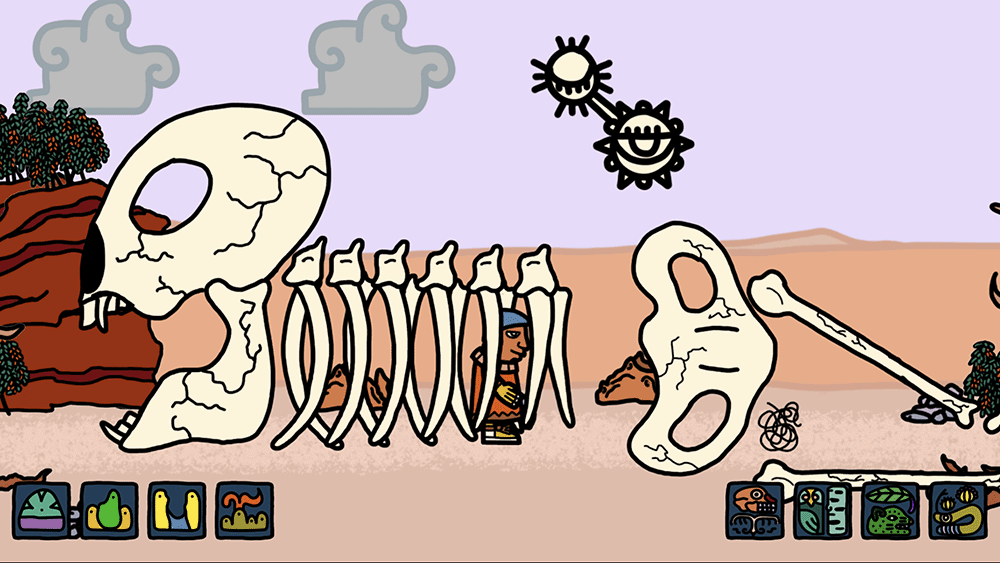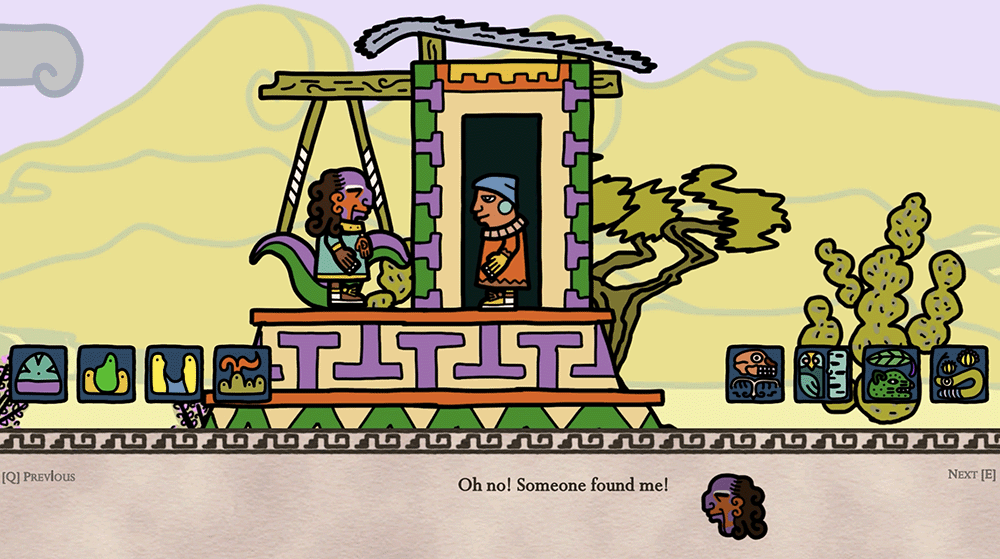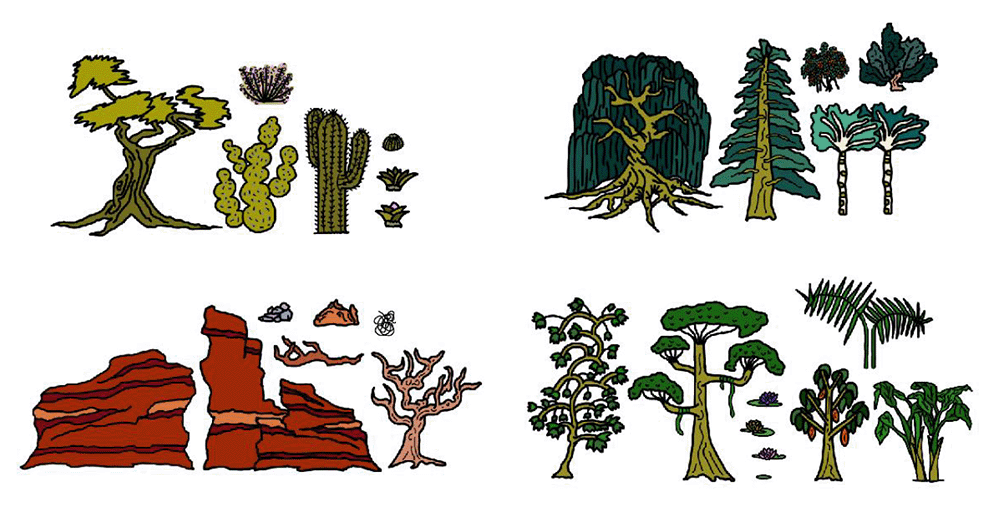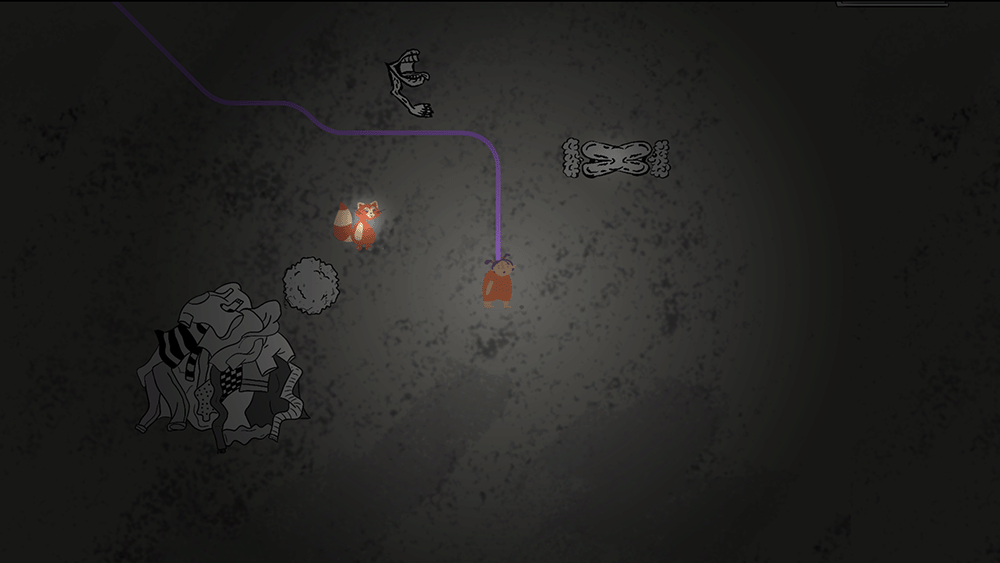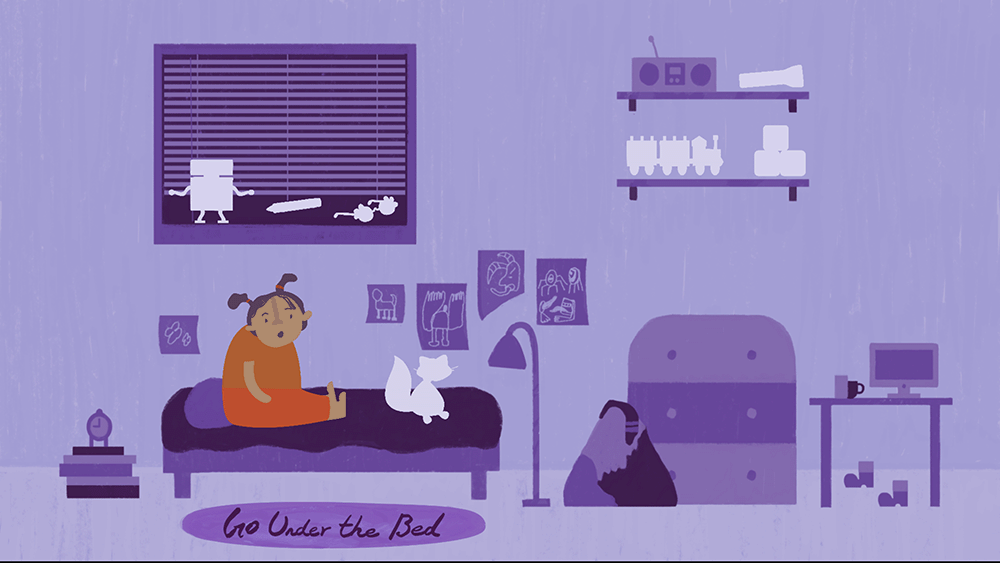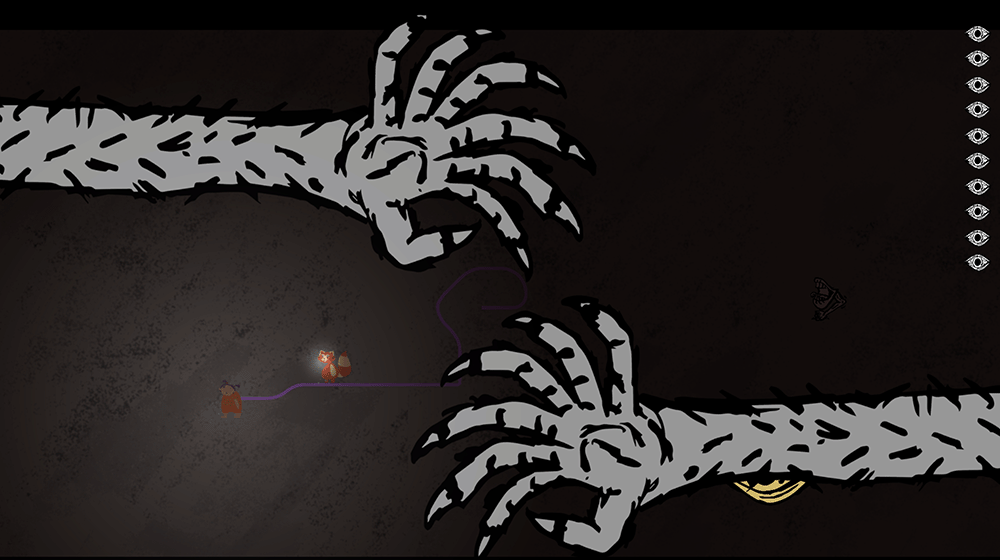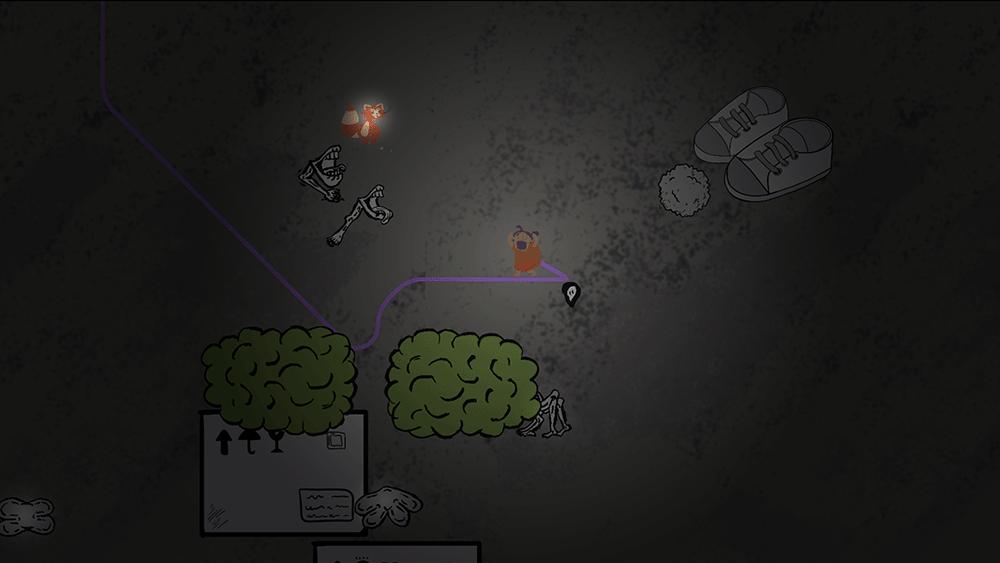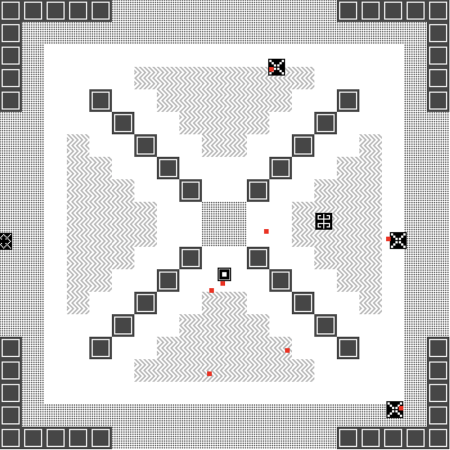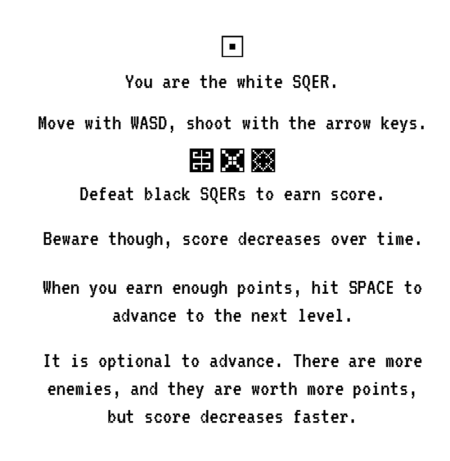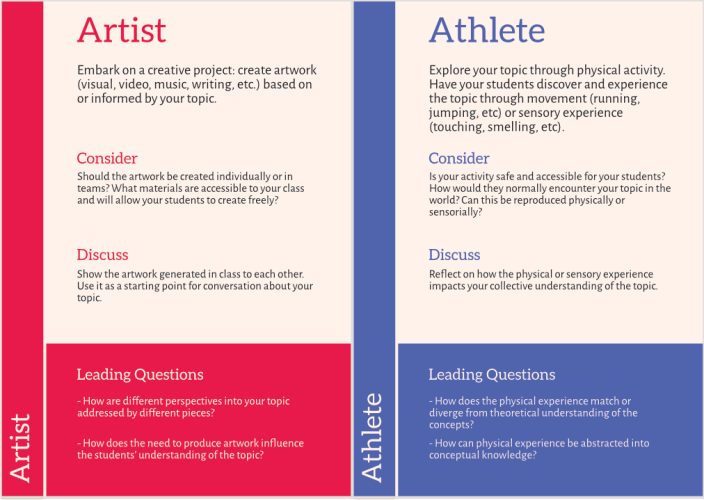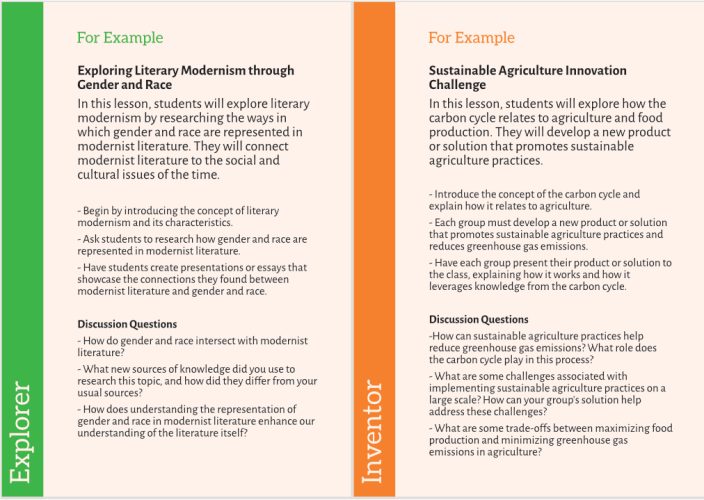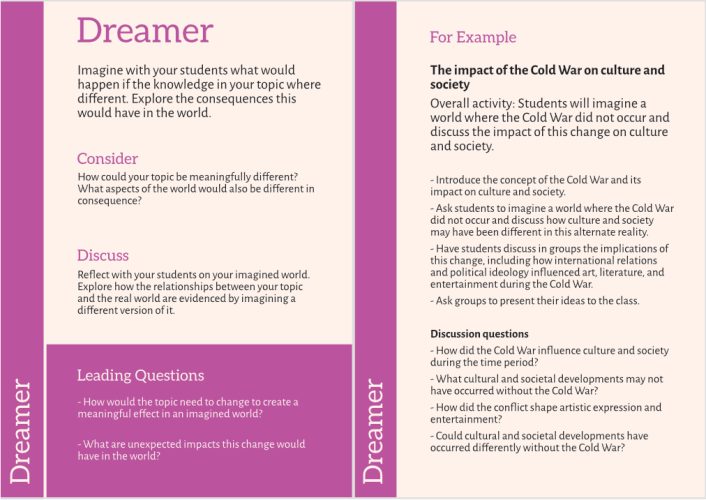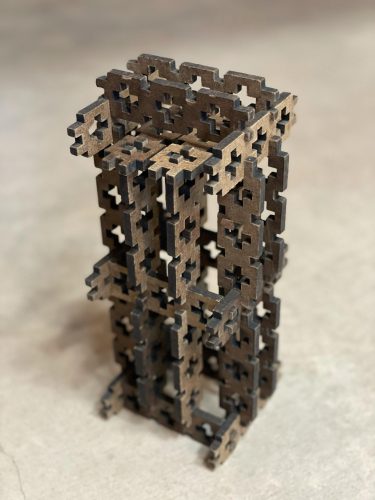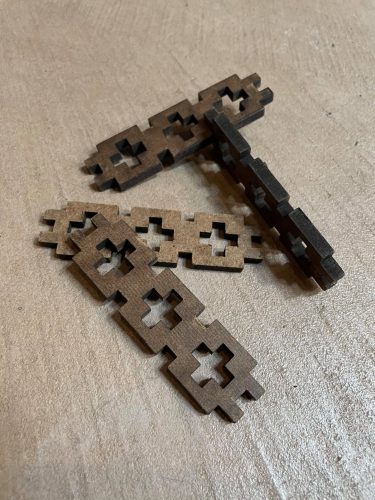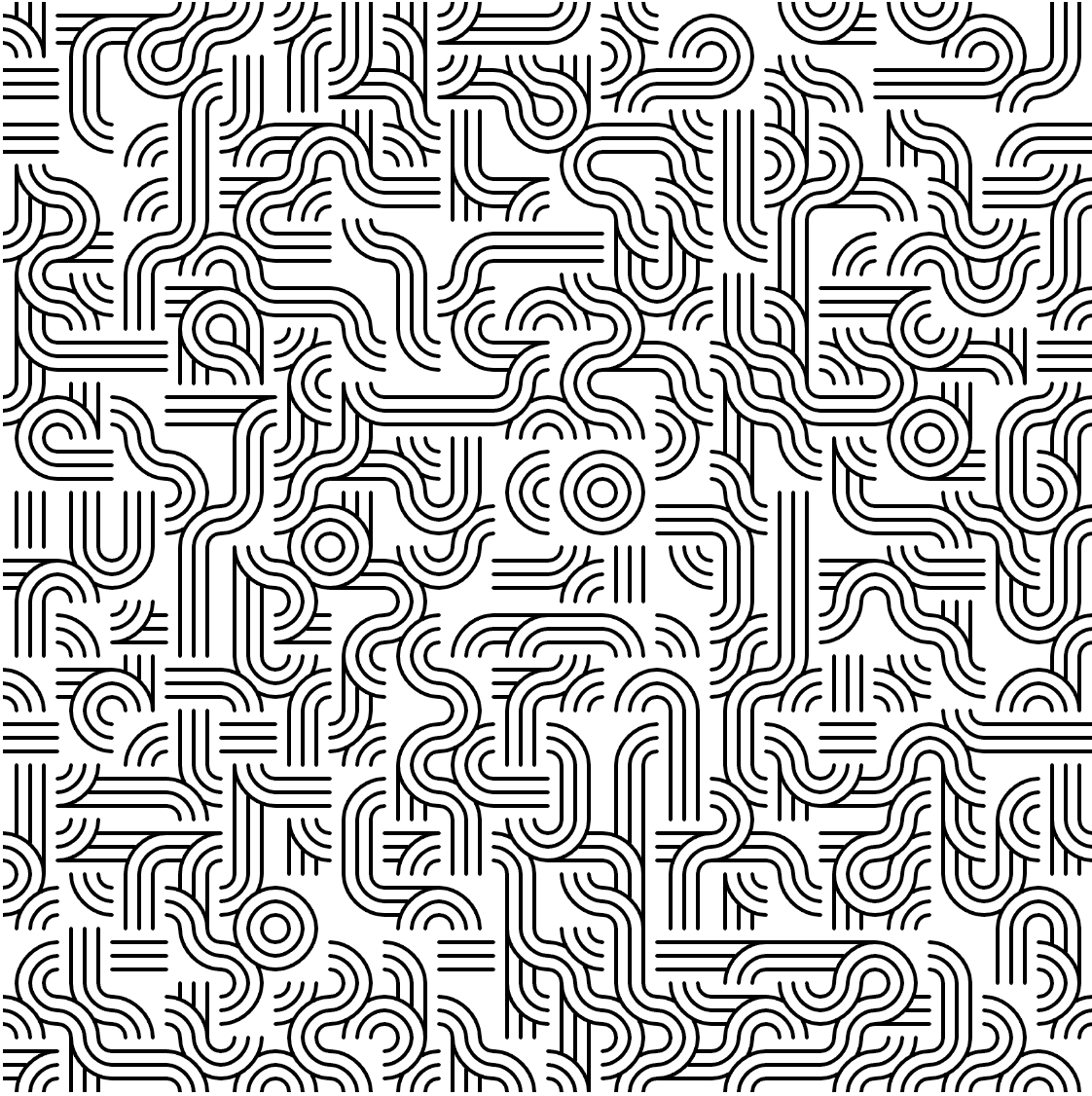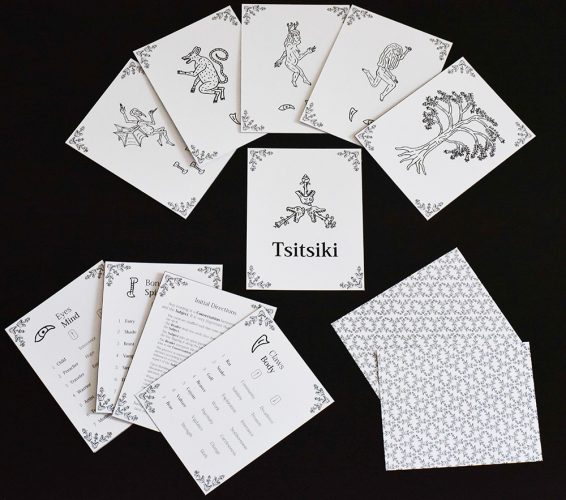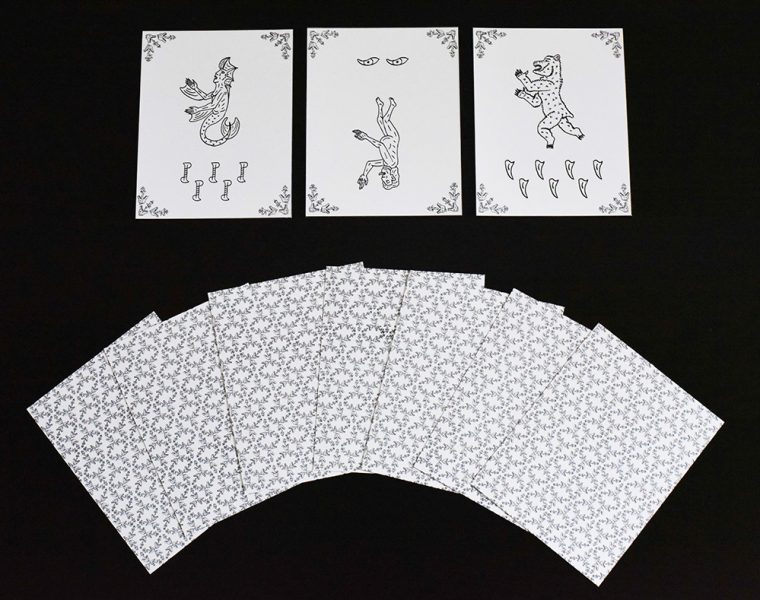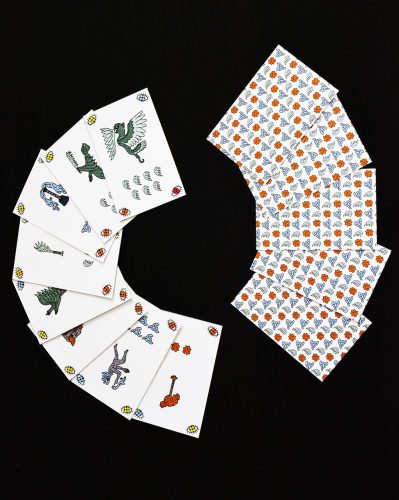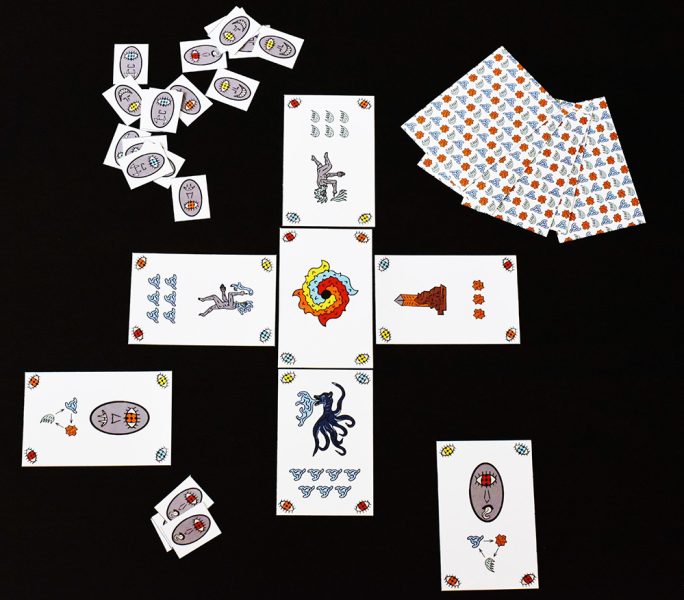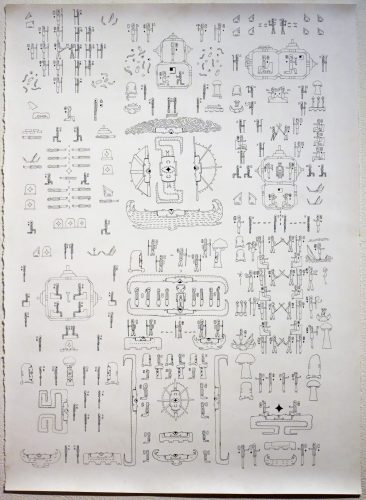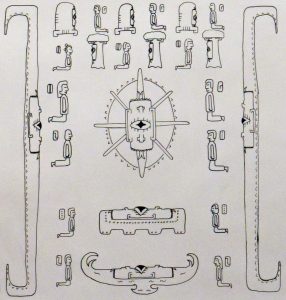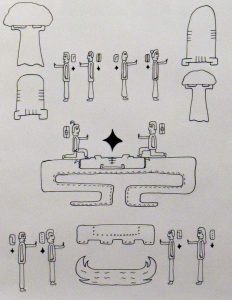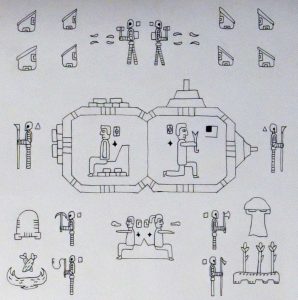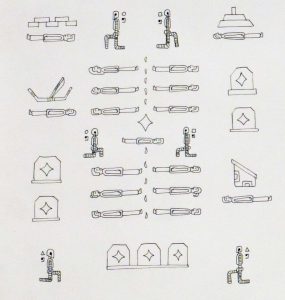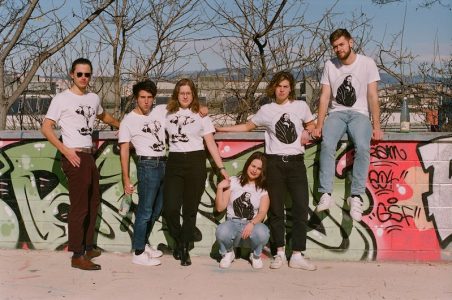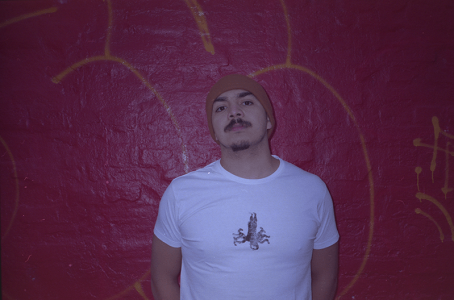Archive
Here you will find information on my previous projects. While you peruse, you might find that, despite the broad variety of mediums with which I have engaged, there is a strong thematic and conceptual through line in my work. I am fascinated by the possibility of constructing meaning by challenging the way in which a viewer/reader interacts with an artwork. Thus, I have explored it by creating mechanics and modes of reading that draw attention back to the interaction, that remind the user that they are in dialogue with the work.
You can navigate this page using the menu on top, or simply scroll down to find ever more projects. If you would rather just see the highlights, feel free to go to the explore section of my webpage, and if you prefer a downloadable document, navigate to portfolio instead.
That’s it! Have fun!
Digital Games
I led the design of Waystone, a cartography adventure game. We investigated how exploration could be integrated as the central mechanic of a 2D game through the inclusion of a glyph system that allows the player to travel to 64 micro-levels. Ultimately, we aimed to create an innovative experience where making a map involves understanding the world conceptually rather than spatially.
To make a game-world of this size possible with our resources, we created a modular system that populated the different levels with varying assets, Suns and landscapes according to our needs. In addition to co-designing this system, I created many of the plants, characters and objects that populate the world and the micro-quests.
The Main Quest provides the player with an ever expanding world in the form of Glyphs, which make traveling to more micro-levels possible. This makes it easier to map out the game progressively, based on the resources one acquires as they explore. Additionally, we created a variety of other landmarks and micro-quests, to serve as grounding and incentive for the continued mapping of the world. You never know what you might find on the next level!
I led the design of Under the Bed, a split-controller adventure game. The player controls the vulnerable girl and the powerful red panda simultaneously, in a quest to retrieve her toys from the monsters that have stolen them. We wanted to challenge the player to divide their attention between two characters in a difficult, action-packed exploration setting.
In order to maximize the experience of controlling both characters at once, we made the combat system simple and the avatars’ characteristics strongly contrasting. Thus, the panda must always protect the girl, serving as both offense and defense at all times.
We further explored contrast in the game aesthetic: the objects and characters from the overworld have a clean, simple, soft style, while the nightmares from under the bed are hand drawn and animated in a rougher, more aggressive style. The player knows, at all times, what is friendly and what is not, and the terror the girl feels when seeing the nightmares is thus communicated to the player effectively.
The game concludes with a boss fight, where the girl confronts the largely unseen main nightmare directly. Here, we had to stretch our system of combat-without-combat to the fullest, while presenting an abstract nightmare full of apparently disconnected body parts.
To test the capabilities of ChatGPT in helping me program new experiences, I made SQERgpt as a remake of a previous game I created for a class at ITU. My objective was to establish a creative dialogue with the AI, and to guide it through creating this game in javascript. The vast majority of the code was copied directly from the responses of the AI, though it required significant prompt engineering to get it to code the correct things, as well as tweaks and fixes to make the different parts to fit together.
The game itself is a minimalist, score-based, square twin stick shooter. To encourage active decision making, I made level progression optional, increasing both the risk and score reward of advancing to new levels. High scores are recorded online, and can be seen from the main menu of the game.
Tools
I created the Liberatory Play Toolkit as a set of resources to help school teachers develop their own playful activities adapted to their specific classroom and subject contexts. The Toolkit has a broad range of application, and can be brought to bear in any subject, with students of almost any age. Ultimately, the goal is to help teachers come up with activities that encourage students to develop critical understanding of classroom subjects through active play with knowledge.
While the initial inspirations for the Toolkit were my and others’ personal experiences with bringing play to students, the final product is based on existing play design and play in education scholarship, combined with a Freirean, critical pedagogical approach to education. I created sixteen different play formats to educational activities, and developed a set of cards to make the process of developing play activities smoother and more interactive and inspiring for the teacher.
Besides descriptions of the activity, each card includes important questions to consider when designing and trying out the activity, and a basic example to inform an initial approach to each type of activity.
The Toolkit is available for free, and it comes ready to print along with a short set of instructions.
Both it and the thesis of which it is a part of can be found here.
Toys
Chainworlds is a toy that allows an almost infinite number of possible structures. The pieces can be fitted together in a vast variety of ways, expanding the creative potential of the toy. Specifically designed to create abstract shapes, the toy challenges players to find their own meaning in the structures they create.
Due to their complex shape the pieces can be fitted together in a vast variety of ways, expanding the creative potential of the toy. The natural color variation from piece to piece provides contrast with the uniform shape of all the pieces.
Pathways is a digital toy that allows the user to create their own labyrinthic road mosaic. It consists of a set of individually modifiable squares arranged on a grid. Each square can be set to one of four road options and rotated however one wants, thus creating an endless playground of roads that go over and under each other, that converge and diverge in the mosaic.
Pathways can be easily re-randomized, and it also contains presets to make more regular patterns.
It can be accessed for free here.
Card Games
Inspired by the narrative potential of Tarot, Tsitsiki is an oracular game designed to answer the questions of those who choose to ask. The game facilitates a conversation between a Subject, who asks and draws cards, and a Reader, who interprets. The purpose is for the players to construct a narrative out of a question and the conceptual signposting the cards provide. Every card has a number of possible interpretations, and these change according to the other cards drawn around it.
The game includes five cards that provide initial directions and a number of possible interpretations for each card.
However, because the focus of the game is on narrative construction, the initial directions and interpretations are intentionally vague, to allow for the free evolution of meaning that is bound to arise from conversation. The game thus changes as it is played. Readers create new rules and structures to fit their narratives better, and find new interpretations for the cards that suit their readings.
Every card includes an original illustration, drawn by hand and then digitized to create the deck. The game depicts humans, animals, and supernatural creatures.
Tsitsiki is available online for free here.
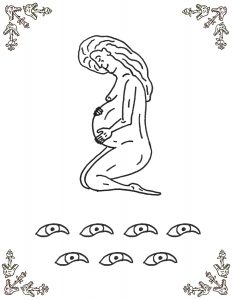
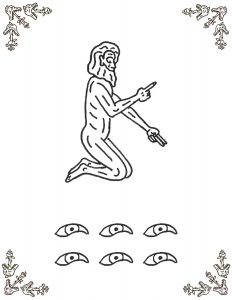
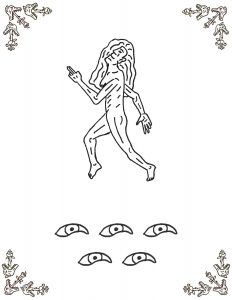
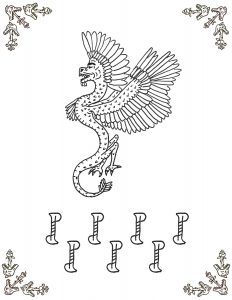

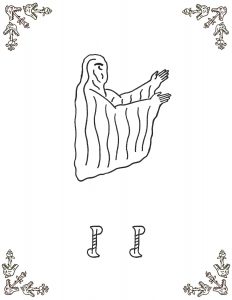
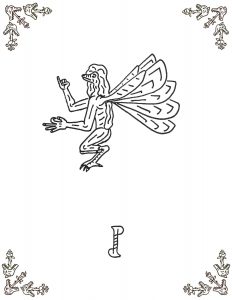
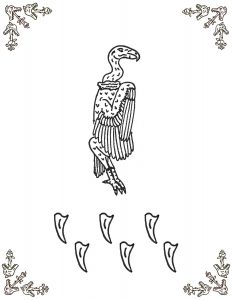
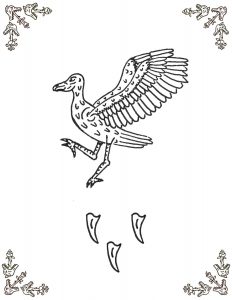
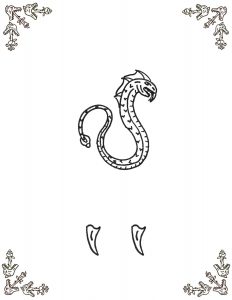
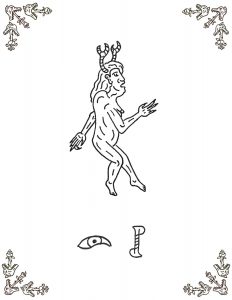
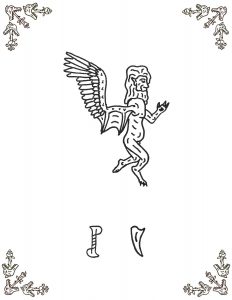
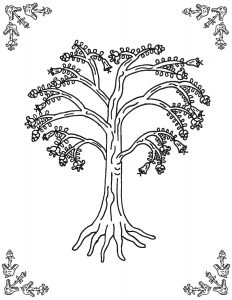
Peuali is a multiplayer narrative game inspired by Dominoes, Poker, and other traditional games that combine an element of chance with deep mechanics that necessitate careful strategy in order to win. As the game is played, the cards create a mosaic that represents the battle being fought. Thus, the progress of the game can be narrativized as the cards are played, and the ultimate result is a unique arrangement that can be read like a story.
With the inclusion of role cards, I aimed to fully meld the tactical and role-playing elements present in the base game, and encourage Peuali’s use as both a competitive game and a narrative experience. Adding to this flexibility, I designed the game so it can be played by two, three, or four players, or even cast by a single user as one would a Tarot deck to tell a story.
Every card includes an original illustration, drawn by hand and then colored digitally. Stylistically, the game is streamlined to allow easy identification of different attributes, including Essence (through color) and Power (through shape), without making the illustrations repetitive.
Peuali is available online for free here.
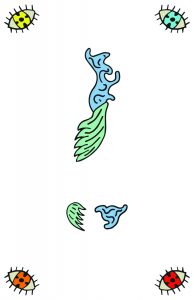
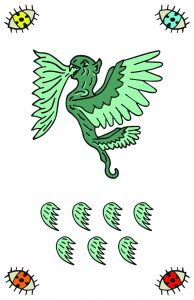
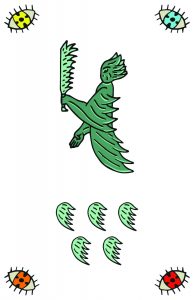
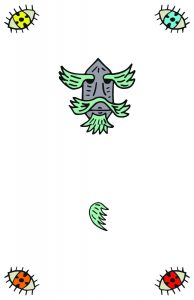
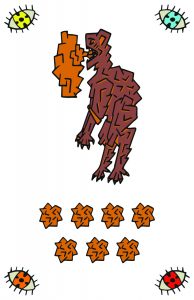
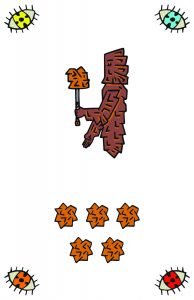
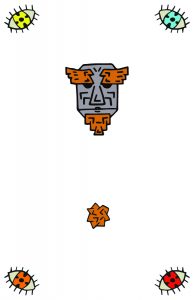
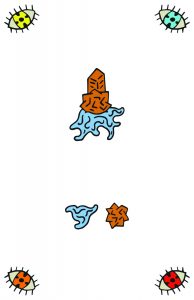
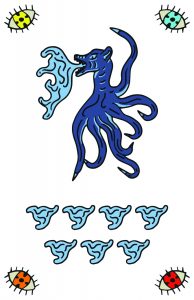
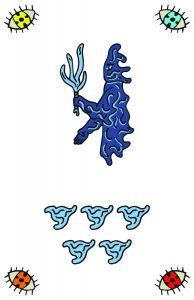
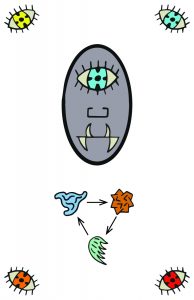
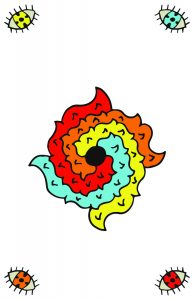
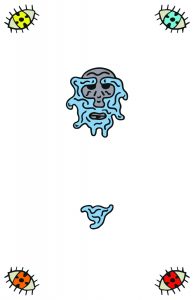
Narratives
Inspired by the Nahua and Mixtec Codex writing traditions, I developed a visual language that identifies both concrete and abstract concepts, with the objective of telling a nuanced story. In twelve scenes, the Codex depicts two successive Creations, first of humanity by God, and then of automata by humanity. The Codex can be read by starting with the scene in the upper center, moving down and then around the edge to the right.
The interaction of different symbols is integral to the story. Take, for example, the Mask (representing God), the Star (representing the Will), and the Seas, Trees, Mountains, and Deserts.
In Scene 3, God possesses the Will, and appears in the natural world. Therefore, the Star is within the Mask, which is integrated with the symbols for nature.
In Scene 4, as humanity takes over the Will, the Star is displayed beside each human, and the Mask is gone from the other elements, signifying the disappearance of God from the natural world.
The theme of Will is further carried and explored throughout the piece. In Scene 7, the difference between humanity and the automata is clear based on who possesses the Will, thus echoing Scene 3.
In Scene 10, as humanity dies, the Star appears without filling, and is instead incorporated into the tombstone symbol.
In this comic, I explore the interaction between lyrical writing and visual content. The two elements complement each other, the images lending weight to the writing, which provides continuity from panel to panel.
A translation, by panel:
- Sometimes, I think them.
- When the wind blows, I think I hear their voices in the distance.
- It is the whistling branches and rocks, that trick me.
- I see them in the trees, posing with raised arms.
- I hear them at night, whispering among the grass.
- In spring, I count the fruits, hoping one will disappear inexplicably.
- They just rot, or are taken by birds.
- But no, I no longer miss them.
María
2019.
Self-published as Volume 1 of the findelostiempos Zine.
Available online in Spanish, with an English translation, at findelostiempos.net/issues/
“You, paralyzed, are incapable of saying anything. You try to open your mouth to speak, but you can’t find it anywhere. She looks at you, her eyes conveying the smallest of smiles. You search in your mind for answers to the simplest questions she asks, but there is nothing.”
“Tú, paralizado, eres incapaz de emitir palabra. Intentas abrir la boca para hablar, pero no la encuentras por ningún lado. Ella te observa, sus ojos se entornan en la menor de las sonrisas. Buscas en tu mente respuestas a las preguntas más simples que te hace, pero no hay nada.”
Inspired by the idea of Religious Revelation and a deep appreciation for the power of film, María tells the story of an apparition in a movie theatre.
Told in the second person, María encourages the reader to empathize with the protagonist and to project themself into the situation depicted in the story.
Mr. Talker
2018.
Unpublished.
Available upon request.
“But Molly was transfixed. She had never seen one this small. He looked like he was a thirteen year old boy, but there were scratches on his silver chest and arms. His bald head reflected the sunlight in all directions, blinding her a little, but making him even more compelling to look at.”
Mr. Talker explores the relationships between humans and the automata that work for them from the eyes of a young girl.
Told in the third person, Mr. Talker makes extensive use of free indirect speech to bring the reader into the position of both Molly, the protagonist, and an automaton.
Printing
FDLT Series 1
2019. Screenprinting on T-Shirts. Full gallery and designs available here.
FDLT 1 is a limited series of handprinted shirts designed and printed by myself. I generated a series of diverse but stylistically uniform designs, and shot a gallery of promotional images.
FDLT Series 2
2019. Screenprinting on T-Shirts. Full gallery and designs available here.
FDLT 2 was an evolving series of hand-printed shirts using linocut stamps. Throughout its production period, I experimented with positioning, multiple printing, and shirt alterations, often in collaboration with the end owner of each shirt.

